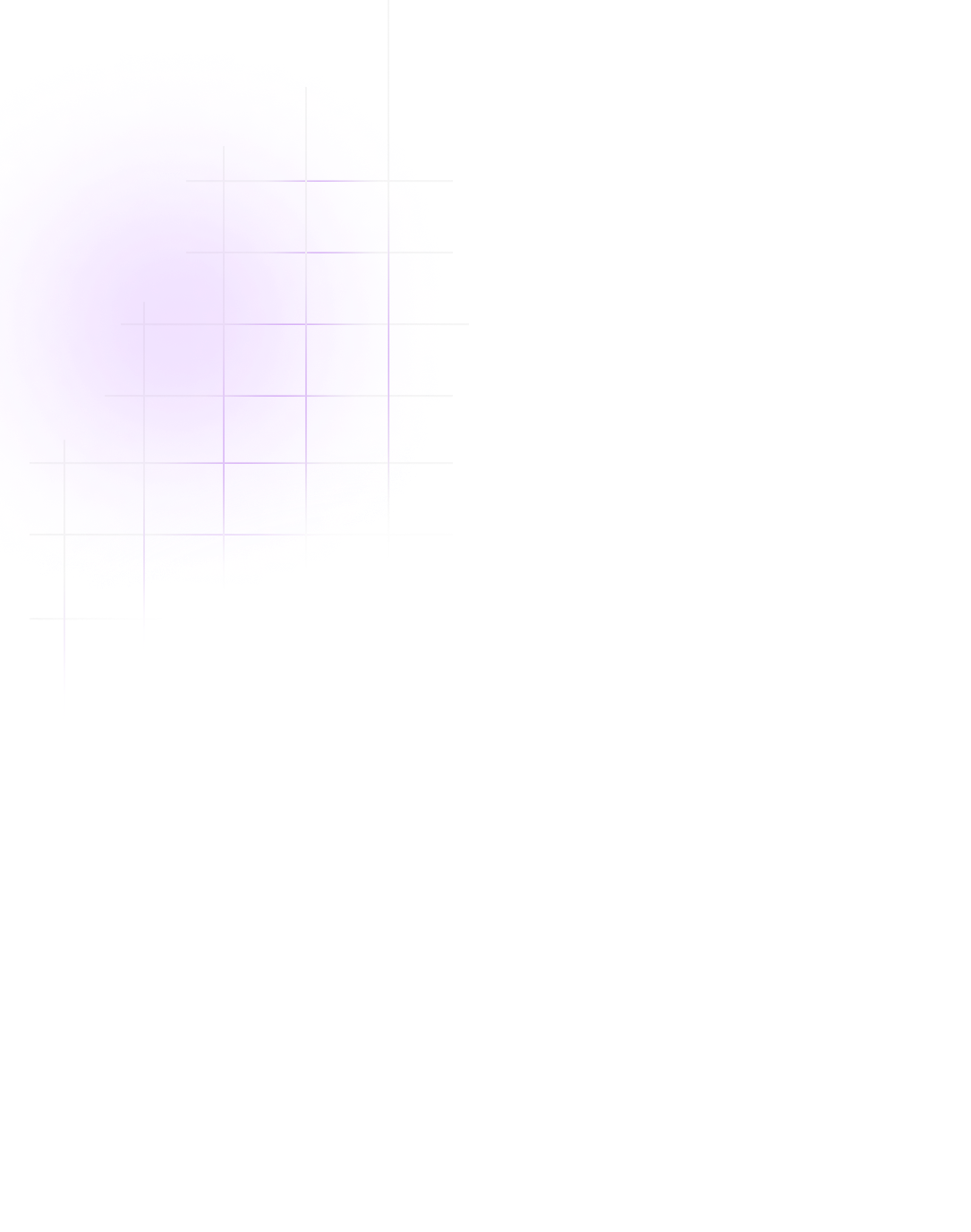

Renewable Energy Optimization. This field is all about improving how renewable energy systems (solar, wind, hydro, geothermal, bioenergy, etc.) are designed, managed, and integrated to maximize efficiency, reliability, and cost-effectiveness. Here’s a breakdown:
🔑 Key Areas of Renewable Energy Optimization
Generation Optimization
- Solar PV: Tracking panels, bifacial modules, MPPT (maximum power point tracking).
- Wind: Turbine placement, blade design, wake-effect reduction.
- Hydro: Flow regulation, smart reservoir management.
Grid Integration & Smart Grids
- Forecasting renewable output (AI & weather data).
- Dynamic demand-response systems.
- Hybrid grids (mix of renewables + storage + backup).
Energy Storage Optimization
- Battery sizing and placement (lithium-ion, flow batteries).
- Pumped hydro, compressed air, hydrogen.
- Smart charging/discharging strategies to minimize losses.
Operational Efficiency
- Predictive maintenance using IoT & AI.
- Load balancing to avoid curtailment.
- Minimizing transmission/distribution losses.
Policy & Economic Optimization
- Incentive modeling (feed-in tariffs, tax credits).
- Cost-benefit analysis of technology adoption.
- Energy market optimization for peak vs. off-peak demand.
⚙️ Techniques & Tools
AI/ML Optimization: Forecasting, demand prediction, fault detection.
Simulation Software: HOMER, PLEXOS, EnergyPLAN, MATLAB Simulink.
Optimization Methods: Linear programming, genetic algorithms, particle swarm optimization, reinforcement learning.
🚀 Trends in Renewable Energy Optimization
Hybrid Systems: Solar + Wind + Storage for reliability.
Green Hydrogen: Using excess renewables for electrolysis.
Blockchain Energy Trading: Peer-to-peer renewable markets.
Digital Twins: Virtual models of renewable plants for real-time optimization.






